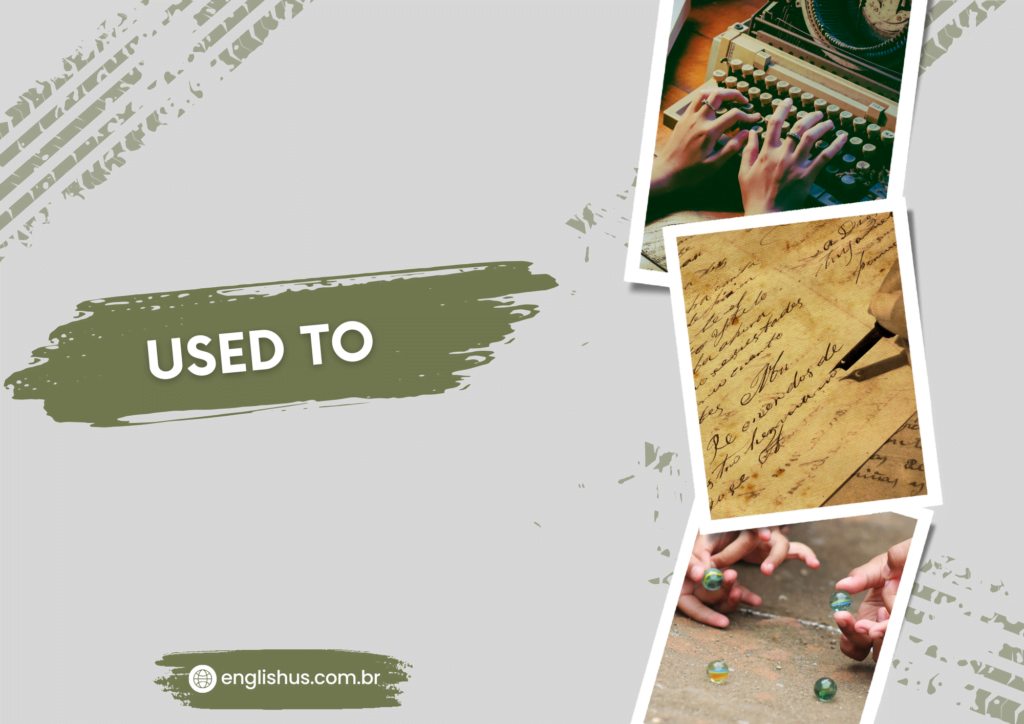Hey there, language enthusiasts! Are you ready to ride the wave of continuous learning and dive into the depths of the Present Perfect Continuous tense? Today, we’re embarking on an exciting journey to unravel the mysteries of this dynamic tense and discover how it adds a splash of action and ongoing relevance to our English expressions. So, grab your surfboards and let’s catch some waves of knowledge together!
Unveiling the Present Perfect Continuous: An Overview
The Present Perfect Continuous tense is a powerful aspect of English grammar that combines the elements of the Present Perfect and Continuous tenses. It is used to describe actions or situations that started in the past, continue into the present, and may have relevance to the future. Let’s dive deeper into its structure and usage.
Understanding the Structure:
The Present Perfect Continuous tense is formed using the present tense of the auxiliary verb “to have” (have/has), the past participle “been,” and the present participle (-ing form) of the main verb.
- Positive Form: Subject + have/has + been + present participle
- Negative Form: Subject + have/has + not + been + present participle
- Question Form: Have/Has + subject + been + present participle
Examples:
- Positive: I have been studying English for two hours.
- Negative: She hasn’t been working at the company for very long.
- Question: Have you been practicing your guitar skills lately?
Exploring Usage in Context
Let’s dive into some real-life scenarios where the Present Perfect Continuous is used:
- Describing Ongoing Actions
- She has been working on her thesis all morning.
- They have been renovating their house for months.
- Talking About Duration
- He has been living in New York since 2010.
- We have been waiting for the bus for over an hour.
- Expressing Temporary Situations
- I have been feeling tired lately.
- She has been experiencing some difficulties with her new project.
- Practical Application in Daily Life
The Present Perfect Continuous tense is particularly useful for describing ongoing actions or situations that have started in the past and are still happening or have just recently stopped. Here are some common scenarios where you might use this tense:
- Work and Study: I have been studying English for a while now.
- Hobbies and Activities: She has been playing the piano for years.
- Temporary Situations: They have been staying with us for a few days.
Tips for Mastery
To become proficient in using the Present Perfect Continuous tense, consider the following tips:
- Practice Regularly: Use the tense in your conversations and writing to become more comfortable with its structure and usage.
- Pay Attention to Context: Consider the context of the situation and the duration of the action or situation to use the tense accurately.
- Expand Your Vocabulary: Learn new verbs and phrases to describe ongoing actions and situations creatively.
The Present Perfect Continuous tense is a valuable tool for expressing ongoing actions and situations that started in the past and continue into the present. By mastering its usage, you’ll be able to articulate your thoughts and experiences with clarity and precision. So, keep practicing, stay curious, and remember that every moment you describe with the Present Perfect Continuous tense is an opportunity for linguistic growth and self-expression.
For those eager to enhance their English skills and embark on a journey of personal development, I recommend the ebook “Personal Development Through English Language.” This invaluable resource combines language learning with insightful personal growth tips, offering a unique opportunity to expand your vocabulary while nurturing your mind and spirit. For more information, click HERE.
Happy learning, and may your English journey be filled with continuous progress and endless possibilities!

